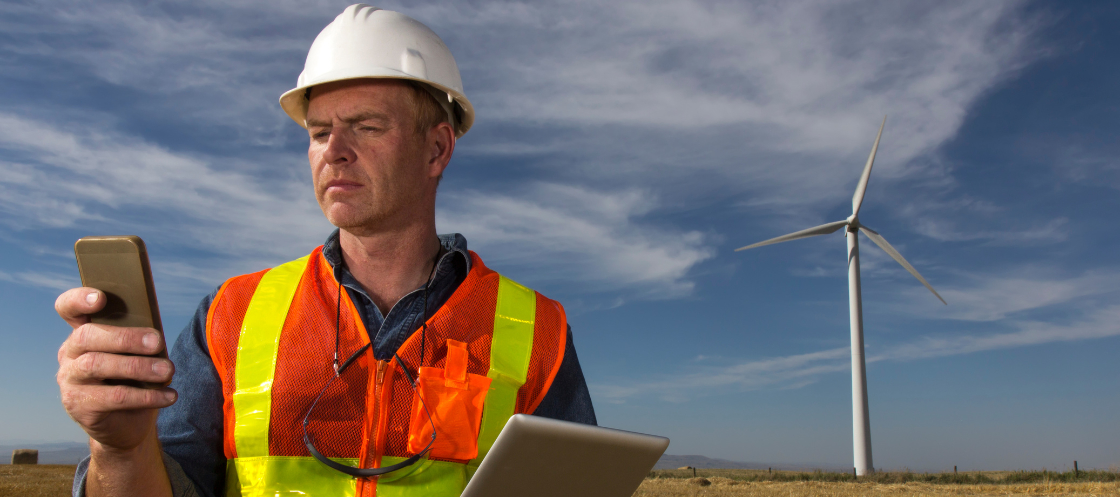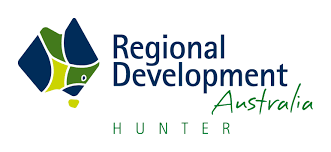Growing and upskilling Australia’s net zero infrastructure workforce
A new Infrastructure Australia report warns that Australia’s decarbonisation targets could be at risk unless governments, industry, and educators work together to grow and upskill the workforce needed to deliver low-carbon infrastructure across its entire lifecycle.

A new national workforce report from Infrastructure Australia warns that critical shortages in skilled labour threaten the country’s ability to decarbonise infrastructure and meet its 2050 emissions target.
The Delivering Net Zero Infrastructure: Workforce Report shows that the current infrastructure net zero workforce numbers around 130,000 people across 36 occupations. These include construction managers, engineers, architects and trades. The report notes that while this represents just over half the people engaged on the nation’s major public infrastructure projects, demand for workers with low-carbon skills is expected to rise sharply towards 2050.
Infrastructure Australia Chief Executive Adam Copp said workforce planning for the energy transition is more advanced, but infrastructure also requires urgent attention.
“While this includes a little over half of the workforce currently engaged in the delivery of the nation’s major public infrastructure pipeline, more can be done to engage the rest, so we have workers right across the project lifecycle with the skills to drive the decarbonisation of infrastructure projects,” Mr Copp said.
The report outlines four recommendations to help close the gap:
-
Better coordination across sectors and jurisdictions to ensure workforce needs are embedded in decarbonisation plans.
-
Ongoing tracking of workforce capability through modelling and monitoring.
-
Research into worker mobility and education pathways to understand how skills can be transferred within the sector.
-
Development of a national industry-wide training program in carbon management fundamentals.
The report also stresses that the greatest potential for reducing emissions lies at the earliest stages of projects, particularly planning and design. Skills from economists, scientists, policy managers, architects and engineers will be critical in ensuring low-carbon choices are made before construction begins.
Jonathan Cartledge, Chair of the Infrastructure Net Zero initiative and CEO of Consult Australia, said the findings provide direction for both government and industry.
“The race to net zero infrastructure is also a race for skills. For the first time we have a clear picture of the workforce it will take, and this report sets out a pathway for industry and government to ensure we have the people to design and build that net zero future,” Mr Cartledge said.
The Climate Change Authority’s Sector Pathways Review has already warned that workforce shortages could slow the shift to net zero, particularly as demand from renewable energy projects competes with the built environment sector.
Alison Scotland, CEO of the Australian Sustainable Built Environment Council (ASBEC), said the report points to the scale of change required.
“Achieving Australia’s net zero ambition demands more than policy and investment; it requires a skilled workforce equipped to design and deliver net zero infrastructure at scale,” Ms Scotland said.
Infrastructure and buildings account directly for almost a third of Australia’s emissions, and indirectly for over half. Infrastructure Australia argues that without a coordinated plan to expand and upskill its workforce, project delivery risks being delayed and emissions targets missed.
















